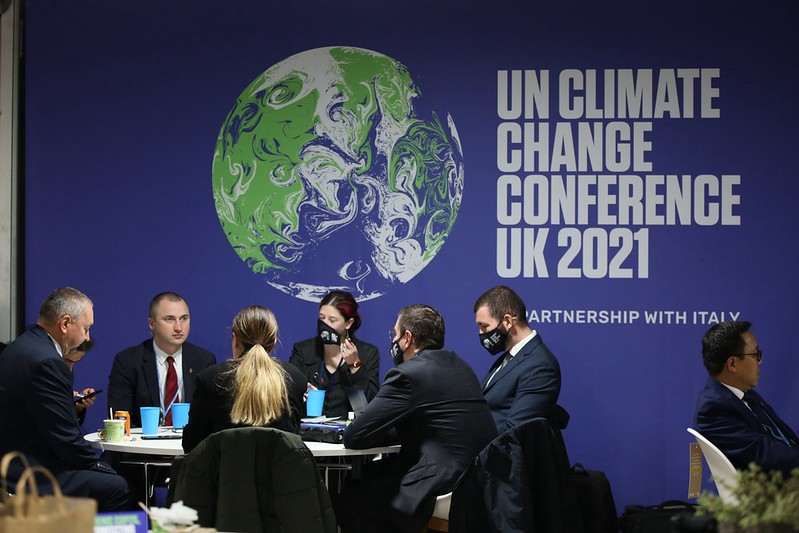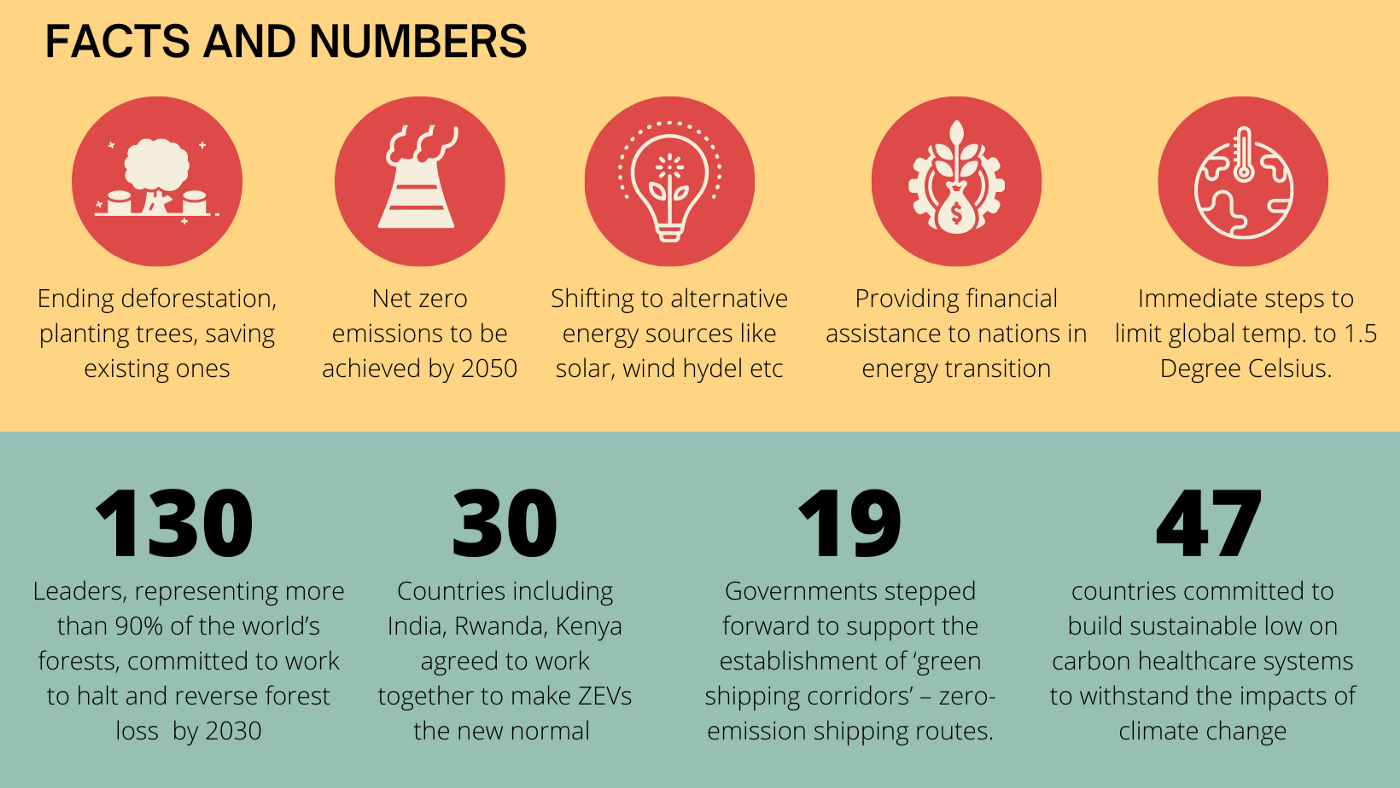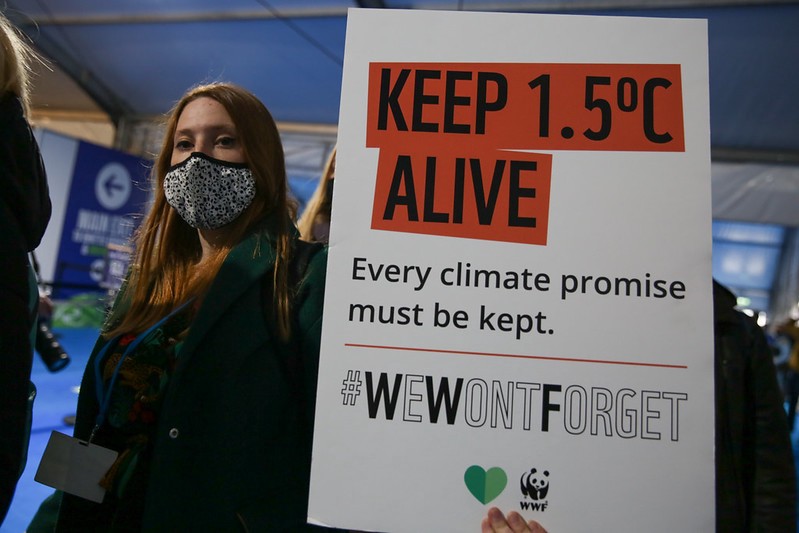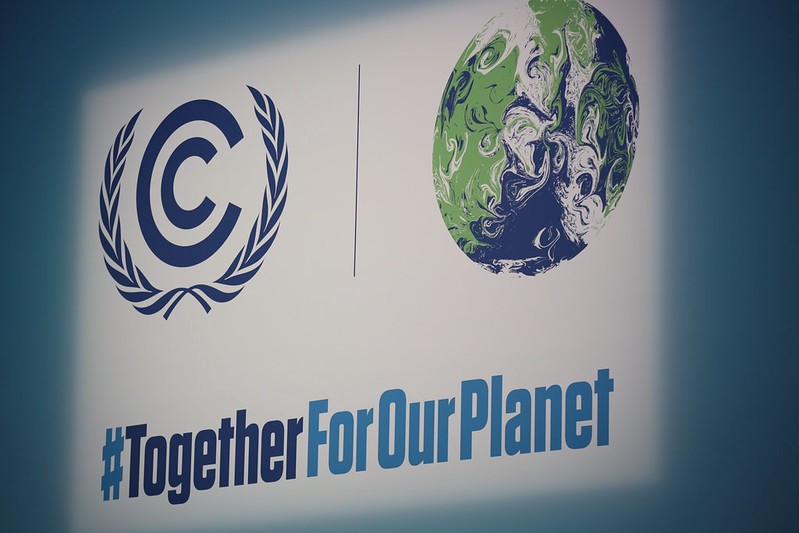
From going paperless to giving options to attendees to make sustainable food choices, the COP26 conference left no stone unturned to send the environment consciousness message both in words and through actions in every way. The beginning is inspiring, but the real work comes beyond the commitments at COP26, when these announcements will need to face accountability.
200 countries and World leaders, more than 40,000 participants, 22,274 party delegates and 14,124 observers deliberated for two weeks to come up with one document of agreement at the 26th meeting of the United Nations Conference of the Parties (COP) that ended recently in Glasgow, UK.
The key issues addressed by the world leaders, researchers, scientists and activists at the COP26 included commitments like:
- Ending deforestation, planting more trees and saving the existing ones.
- Cutting down methane emission by 30% by 2030. Net zero emissions to be achieved by 2050.
- Shifting from coal to alternative energy sources like solar, wind hydel etc.
- Providing financial assistance to nations in order to help them in energy transition.
- Taking immediate steps to limit the global temperature to 1.5 Degree Celsius to avoid Climate catastrophe.

From going paperless to giving options to attendees to make sustainable food choices, the COP26 conference left no stone unturned to send the environment consciousness message both in words and through actions in every way. For example, 84 kg of locally harvested Mara Seaweed was used as an entirely sustainable substitute for salt in dishes, drinking cups at the venue were reusable, saving up to approximately 250,000 single use cups, reusable, aluminium water bottles were provided to all participants.
Furthermore, priority was given to low- carbon, alternative energy sources such as electric and low-emission vehicles, solar energy for temporary traffic lights and Hydrotreated Vegetable Oil (HVO) in generators instead of diesel.
The Global Forest Finance Pledge
One of the key issues discussed was to finance the protection, restoration, and sustainable management of forests. Massive deforestation, recent forest fires and damages caused by natural calamities have significantly reduced the forest cover. Over 130 leaders, representing more than 90% of the world’s forests, committed to work together to halt and reverse forest loss and land degradation by 2030. 12 countries including UK, Japan, Canada, Germany and France announced in the COP26 Global Forest Finance pledge to collectively provide US $12 billion for forest-related climate finance between 2021 and 2025.
There were also discussions to scale up carbon capture and storage (CCS) projects globally, a much needed step, particularly considering the 2050 climate targets.
Fashion Industry’s Charter for Climate Action
As per McKinsey research the fashion sector was responsible for some 2.1 billion metric tons of greenhouse-gas (GHG) emissions in 2018, about 4% of the global total. To put that in context, the fashion industry emits about the same quantity of GHGs per year as the entire economies of France, Germany, and the United Kingdom combined.
Fashion Industry’s Charter for Climate Action silenced years of allegations for being one of the most prominent contributors to Climate Change.
The Charter will drive the fashion industry to net zero greenhouse gas emissions. More than 130 companies and 41 supporting organisations like Burberry, H&M Group, VF Corporation, Adidas, Kering, Chanel, Nike, and PUMA have signed the Fashion Charter promising commitment to climate action.
Accelerating transition to ZEVs by 2030
According to the World Resource Institute, transport emissions accounted for over 24% of global CO2 emissions in 2016. They’re also expected to grow at a faster rate than that from any other sector, posing a major challenge to efforts to reduce emissions in line with the Paris Agreement and other global goals.
Emissions from the transport sector are a major contributor to climate change — about 14% of annual emissions (including non-CO2 gases) and around a quarter of CO2 emissions from burning fossil fuels.
One of the major breakthrough commitments at the COP26 summit was to accelerate transition to Zero Emission Vehicles (ZEVs) by 2030 or sooner. As many as 30 countries including India, Rwanda, Kenya agreed to work together to make ZEVs the new normal by making them accessible, affordable, and sustainable in all regions. Around $200 million of funds will be mobilised over the next 10 years for this purpose.
The leaders agreed on the fact that decarbonizing public transport was one of the quickest ways to reach decarbonisation. As many as 19 governments stepped forward to support the establishment of ‘green shipping corridors’ — zero-emission shipping routes between two ports.
SMEs have a major role to play when it comes to mitigating climate change. The digital footprint of the internet accounts for as much as 3.7% of all greenhouse gas emissions, and this figure is expected to double by 2025. SMEs in the UK alone, generate 25.8m tonnes of CO2 every year. Governments are making efforts through energy efficiency schemes like the Clean Heat Grant to provide upfront capital funding to any business using green heating technologies.
Here is guide on how SMEs can reduce their carbon footprint and environmental impact.
UN Global Climate Action Awards
The COP26 conference also shed light on the ‘silent doers’ who were moving the world towards a highly resilient, low-carbon future. The UN Global Climate Action Awards recognized some of the most practical, scalable and replicable projects that showed how people, businesses, governments and industries were tackling climate change.
The awardees ranged from the world’s first renewable island community in Denmark to the leading debt-financing provider for distributed solar energy in Africa, to a London-based fashion house focused on environmentally, ethically and socially conscious style for a sustainable future.

Gender at the forefront of climate action
Realising the widespread impact of climate change on weaker sections like women and girls, countries at the World Climate Change Summit committed to put gender at the forefront of climate action.
While Canada ensured that 80% of its $5.3 billion climate investments over the next five years will target gender equality outcomes, Germany announced a new Gender Strategy under its International Climate Initiative (IKI) which will promote gender-transformative approaches in international climate and biodiversity cooperation. Other countries that committed to embed gender equality in their Climate Action Plan included UK, Bolivia, USA etc.
Building sustainable healthcare systems
Learning a lesson from the COVID-19 pandemic, 47 countries committed to build healthcare systems that will be able to withstand the impacts of climate change. These healthcare systems will be sustainable as well as low on carbon. 12 of these countries have set a deadline of 2050 or earlier, by which their healthcare system will reach net zero.
Young generation demands climate action
More than 40,000 young climate leaders from 23 countries voiced their opinions at the World Climate summit in Glasgow. Making schools carbon-neutral and putting climate at the heart of national curriculums were some of the commitments made by the next generation leaders that signified how youngsters were an unstoppable force.
Leaders acknowledged that it was crucial to harness the expertise of young people and channelize their energy towards generating a global action on climate change. Education ministers from around the world pledged to draft a Sustainability and Climate Change strategy to equip and empower young people with the skills they need to drive the future of climate action. This includes the introduction of a Primary Science Model Curriculum, to include an emphasis on nature and the recognition of species and supporting the youngest pupils to develop conservation skills.
Adopting sustainable farming policies
Another main focus of the COP26 summit was on development of sustainable, low carbon agriculture and food systems. As many as 45 governments pledged urgent action and investment to protect nature and shift to more sustainable ways of farming. Around 95 companies committed to be ‘Nature Positive’ by 2030. The World bank committed to spend $25 billion in climate finance annually to 2025 through its Climate Action Plan with focus on agriculture and food systems.
The conference saw 26 nations committing to change their agricultural policies to become more sustainable and to invest in the science for protecting food supplies against climate change. These included India, Colombia, Vietnam, Germany, Ghana, and Australia. Over ten new countries signed up to protect 30% of the world’s ocean by 2030. These included Bahrain, Jamaica, St Lucia, Sri Lanka, Saudi Arabia, India, Qatar, Samoa, Tonga, Gambia and Georgia.
Opportunity to succeed
Hours of discussions, negotiations, and arguments were exchanged, views and interests of around 200 countries were taken into consideration to come up with one document that will decide the future of this planet and our next generations.
While developed countries stressed on limiting global warming to 1.5°C, developing countries intended on securing firm pledges on climate finance, vulnerable countries demanded compensation for being the worst sufferers of climate change. But almost every country agreed on the fact that although the outcome was far from perfect, walking away with no agreement would have been even worse.
The beginning is inspiring, but the real work comes beyond the commitments at COP26, when these announcements will need to face accountability. A significant progress was made at the COP26 but we still have a mountain to climb.












